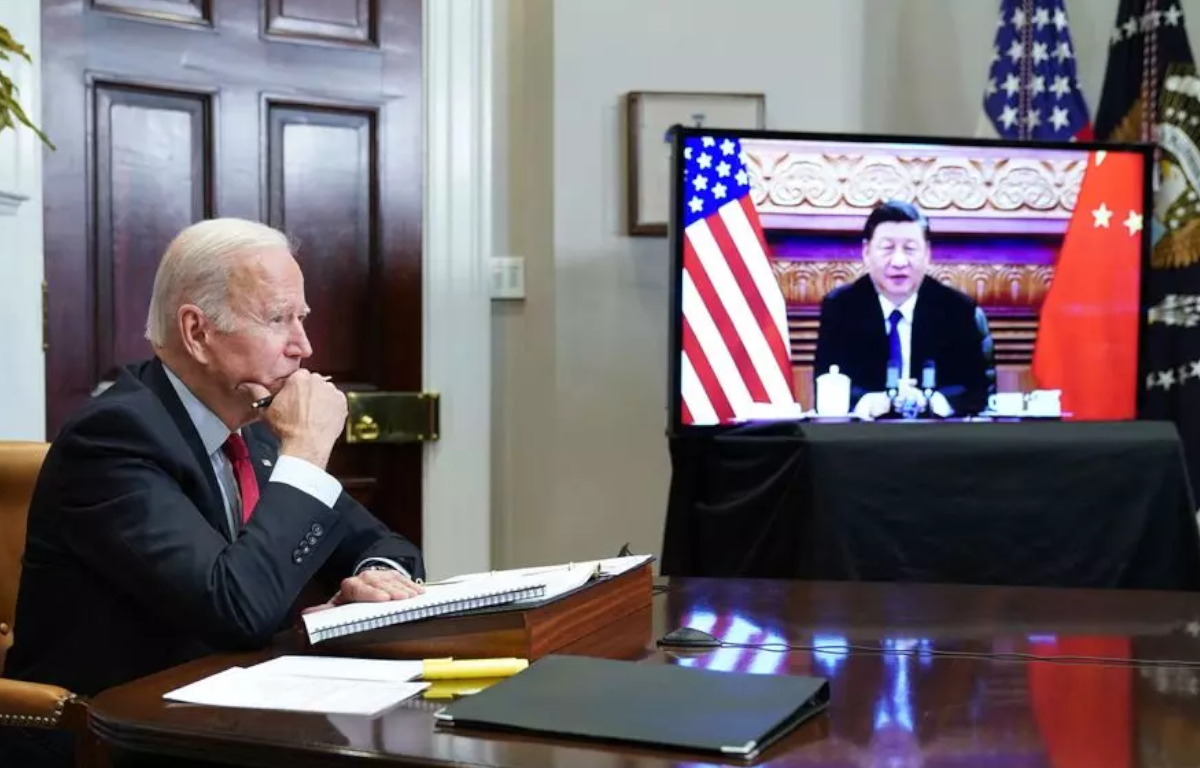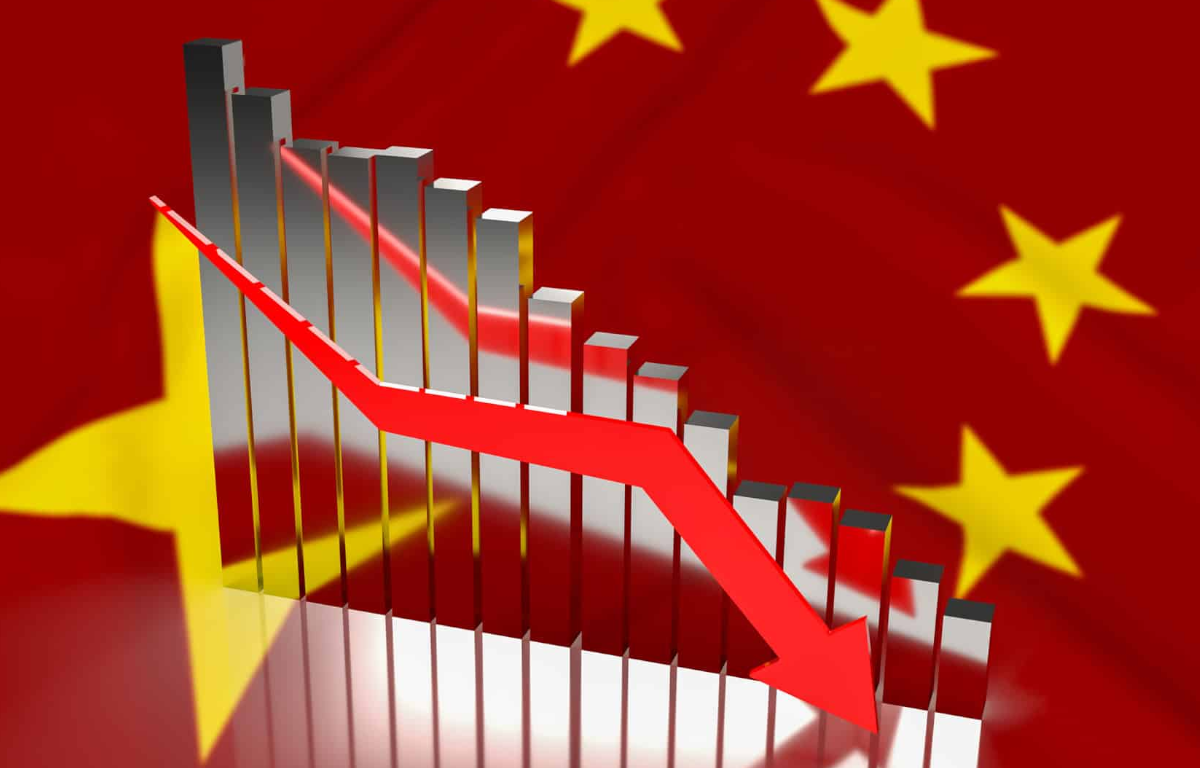
China’s economy, known for rapid growth and structural reforms, now faces the risk of deflation similar to what Japan endured. Japan’s prolonged low-interest-rate environment led to deflationary pressures, creating a cycle of falling prices and declining consumer spending. China’s potential interest rate pivot and slowing economic growth raise concerns about deflationary pressures in the future.
Additionally, China’s economic situation resembles Japan’s past with regard to asset bubbles and financial instability. Japan’s economic bubble burst due to excessive lending and speculation, leading to financial instability and prolonged stagnation. China’s rapid credit expansion and real estate price surges raise concerns about the formation of asset bubbles and the risk of a financial crisis.
To address these challenges, China must strike a balance between maintaining economic stability and tackling rising debt levels and financial vulnerabilities. It must also continue implementing structural reforms aimed at rebalancing the economy, reducing debt-fueled investments, and promoting domestic consumption. Furthermore, managing the effects of demographic changes, such as an aging population and shrinking workforce, is crucial. Proactive policy measures are necessary to mitigate the impact on social welfare systems and economic growth.
Lessons from Japan’s experience offer valuable insights for China. Japan’s delayed response to economic distress hindered necessary reforms and exacerbated problems. China must be proactive in addressing emerging challenges to prevent the escalation of economic imbalances. Additionally, structural reforms must be implemented promptly to enhance productivity, promote innovation, and foster a more flexible labor market. Effective coordination among fiscal, monetary, and regulatory policies is crucial for stability, risk management, and macroeconomic equilibrium.
China’s interest rate trajectory resembles Japan’s troubled past. By understanding the risks and challenges, China can take proactive measures to mitigate risks, pursue necessary reforms, and foster sustainable economic growth. Decisive policy actions, careful risk assessment, and a long-term vision prioritizing stability and innovation are necessary. By learning from Japan’s history and charting a unique path, China can build a prosperous and resilient future.










Share this: